Personalized metal...
How to use metal box UV printing process
UV ink is an environmentally friendly ink that has developed rapidly in recent years. It quickly occupied the metal box printing market with instant curing (drying), no volatile solvents, and simple and convenient application. UV inks include UV matte, UV ice, and UV hair. Special packaging inks such as foam, UV wrinkles, UV embossing, UV refraction, UV gems, UV light fixing ink, UV varnish and other special packaging inks. On the surface of the substrate with metallic mirror gloss, UV ink is printed on the surface by means of screen printing technology. After being treated by ultraviolet drying equipment, it produces a unique visual effect, which is elegant, solemn and luxurious. The products are mainly used in the printing of high-end, exquisite and unique metal packaging boxes for cigarettes, wine, cosmetics, health products, food, medicines, etc.
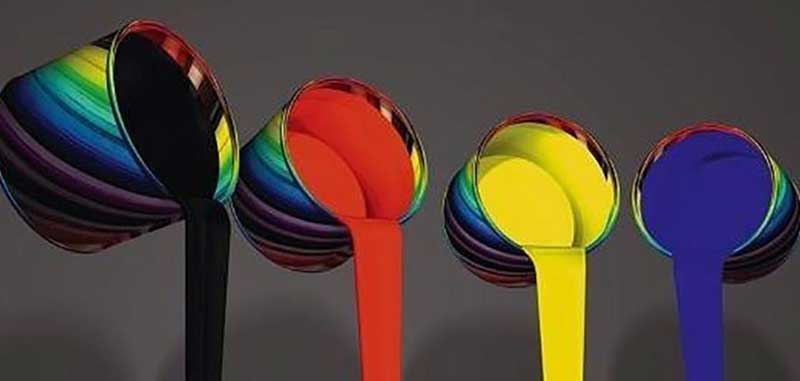
UV ink
1. Composition
UV ink is an ink that undergoes a cross-linking polymerization reaction under the irradiation of UV light and instantly solidifies into a film. It is mainly composed of photopolymerizable prepolymer, photosensitive monomer, photopolymerization initiator, organic pigments and additives. Among them, the photopolymerization initiator is the most important part of the entire UV ink, and it is the beginning of the photopolymerization reaction.
2. Application characteristics of metal box printing ink:
(1) Instant curing, high production efficiency;
(2) It does not contain volatile solvents; there will be no solvents to corrode and damage the printed matter; it will not pollute the human body and the environment;
(3) The ink will not jam the net, so you can print the best quality lines with very fine mesh;
(4) The ink density is stable, and there will be no unevenness in a certain adjustment due to the difference of the density;
(5) The ink will not dry out, and there is no bad smell of solvent;
(6) The light curing speed is extremely fast, the UV equipment is small in size, and it takes up less space in the workshop;
(7) The heat emitted by the UV lamp will not cause damage to the printed matter that is afraid of heat;
(8) Transparent or semi-transparent ink, hardening speed and color effect are good.
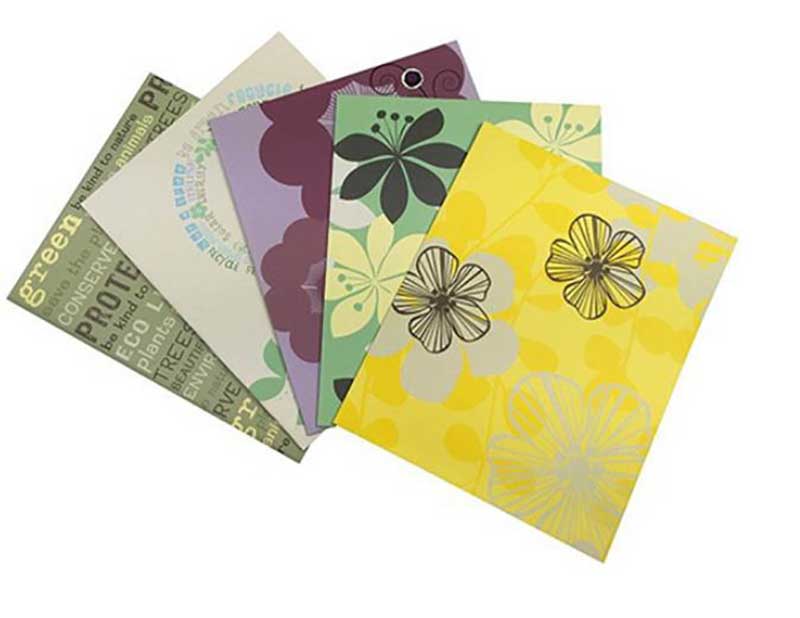
3. Curing mechanism
UV ink absorbs UV light selectively, and its drying is affected by the total energy of the radiated light of the UV light source and the light energy distribution of different wavelengths. Under the irradiation of UV light, the photopolymerization initiator in the UV ink absorbs photons of a certain wavelength and is excited to an excited state to form free radicals or ions. Then, through the transfer of energy between molecules, polymers such as polymerizable prepolymers and photosensitive monomers become excited states to generate charge transfer complexes. These complexes are continuously cross-linked and polymerized to solidify into a film.
UV light source
1. Structure
The UV light source is a device that emits UV light in a UV curing system. It is usually composed of light boxes, light tubes, reflectors, power supplies, controllers, and cooling devices. According to the different materials in the tube, it can be divided into metal halide lamps, high-pressure mercury lamps and odorless lamps. Its performance parameters mainly include: arc length, characteristic spectrum, power, working voltage, working current and average life.
2. Spectral characteristics
Although the UV light source emits the main UV light, it is not light of a single wavelength, but light within a wavelength band. Different UV light sources have different wavelength ranges of emitted light, and the distribution of spectral energy within the wavelength band is also different. The UV light source radiates light in one wavelength band, and the energy distribution of light of each wavelength is different. Among them, the energy distribution of light with a wavelength of 300-310nm and 360-390nm is better.
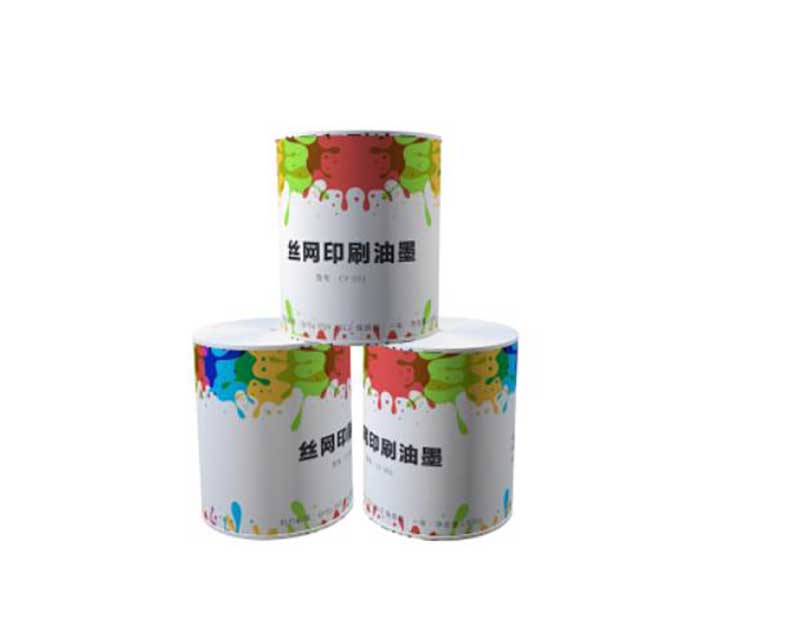
the use of UV ink for metal box printing
1. Screen selection
The selection of screen mesh of UV ink in printing should be based on the fineness of the printed pattern, the printing effect, and the required printing quality. Generally speaking, the number of screen meshes for printing UV light fixing ink and UV varnish is above 350 meshes.
2. Use of ink
The screen tension, printing pressure, squeegee hardness, squeegee angle and other factors of UV ink in use will affect the printing quality, and effective technical control will improve the printing effect. Most of the thinners of UV inks are special thinners. When purchasing UV inks, customers should consult the supplier about the performance and usage methods to reduce the rate of defective products in use and avoid losses caused by improper use.
3. Matters needing attention when printing metal boxes
(1) If high-power ultraviolet rays come into direct contact with the eyes or skin, they will damage them. The operator must be equipped with glasses or adopt other protective measures.
(2) The storage temperature of UV ink should be above 5℃. The ink will change due to light or temperature, so avoid direct light.
(3) UV ink does not contain explosive or evaporative solvents. Because it will cause a reaction when exposed to ultraviolet light, it cannot be dried in the screen before being exposed to light.
(4) Use a metal halide lamp, the irradiation distance is about 10cm, and one light passes through.
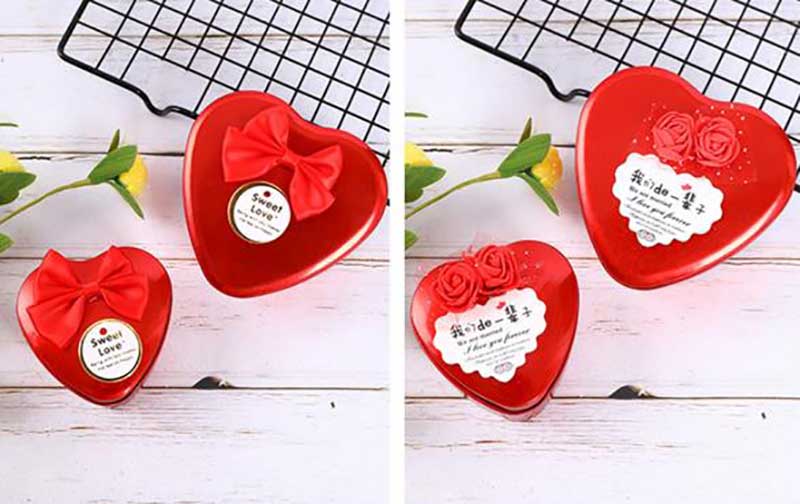
the matching of UV ink and UV light source
In summary, the matching of UV ink and UV light source is to make the light quantum absorbed by the photopolymerization initiator in the UV ink that is the part of the UV light source spectrum with the highest energy distribution. The technical department of the printing enterprise should obtain technical information about the spectral characteristics of the UV light source from its own equipment supplier, and then select the UV ink with the response curve of the ink formula matching the spectrum of the UV light source from the ink supplier, so that it can be better solved The matching of the two also provides a prerequisite for considering other factors affecting drying. Solving the matching of UV ink and UV light source is conducive to speeding up the drying speed of the ink, improving labor productivity, improving energy utilization, and reducing the production cost of enterprises.
What kind of materials can be printed with UV process?
According to the contrast beauty of the clear texture and the rough texture of the substrate, the choice of material and the contrast of the ink effect are very important to the effect of the printed product.
It is widely used in high-end prints, mainly on the surface of flat metal plates.
1. The surface of the abdomen matt film of printed products can be used with UV over local varnish effect
2. The surface of the peritoneal film of the printed product can be used with UV to have a partial matte oil effect
3. Ordinary paper such as: matte paper\coated paper\kraft paper\double offset paper\flat special quality sheets, etc., but due to different ink absorption properties, relatively rough materials need to increase the number of printing layers to achieve a bright effect .
4.Plastic PVC, metal box iron plate, ceramics, leather printing, etc.
Process adaptability of UV printing
1. UV offset printing
Offset printing can be divided into sheet-fed offset printing and web offset printing according to the state of the substrate. Sheet-fed offset printing is suitable for printing on paper, cardboard, plastic sheet and metal iron plate; the printing speed of offset printing is faster, suitable for large quantities of books and periodicals. Newspapers, business forms and self-adhesive printing, etc. When using UV inks in offset printing, the following issues are mainly considered: the ink curing of non-absorbent printing materials; ink emulsification may hinder the adhesion of ink to the substrate; the speed of the web printer is fast, and the curing speed of the ink is required to be the same as the printing speed. Matching, especially for self-adhesive printing and securities printing with special inks, UV ink printing effect is better than resin-based offset printing ink.
Offset printing is mostly used for fine product packaging metal box printing. UV curing can reduce the loss of small dots and increase the ink transfer rate of overprinting. When selecting ink raw materials, it is necessary to comprehensively consider the impact of each component on UV ink to ensure the best printing effect. Since the offset ink film is generally 2~3μm, although it is good for light curing, the ink film is thin, and the hiding power of the pigment on the printing surface will be affected to a certain extent. Therefore, it is generally necessary to increase the pigment content in the formula; and increase the pigment content, the ink film The light transmission performance of the ink will be reduced, which is not conducive to UV curing; and the ink film itself is thin. If the wettability of the pigment is not good, the pigment and filler are easily exposed on the surface of the ink film, which affects the gloss of the ink film. Good paint. The following points should also be noted when using UV offset printing.
(1) Different inks should be selected for substrates with different properties, and the light transmittance of the ink, the curing rate, the opacity of the ink, and the gloss of the surface of the printed product should be considered comprehensively.
(2) In color printing, the ability of various pigments to absorb UV photons is different, and the transmittance is M, Y, C, BK from high to low, so the curing degree of each color ink is also different. The transmittance directly affects the excitation energy of the photon to the photoinitiator, so it is advisable to arrange the printing color sequence as BK, C, Y, M, so that the ink with poor light transmittance can absorb as many photons as possible to enhance its curing effect.
(3) The alcohol dampening system can reduce the surface tension of the ink and promote the curing effect. During the printing process, the dampening solution can be used to strengthen the oleophobic area (blank part) of the printing plate to ensure that the oleophilic area is sufficient Ink-friendly, no ink in hydrophilic areas. Improving the ink formula and adding the corresponding additives can increase the hydrophobicity of the ink, but too strong hydrophobicity will cause the ink shrinkage at the edge of the image, loss of fine layers, unclear dot borders, etc., which will affect the quality of printing.
(4) UV printing has high requirements on the surface strength of the paper, and the surface strength is not enough to easily cause napping failure. When printing with gold or silver cardboard, because the surface of this type of paper is smooth, the affinity for ink is small, and the second color is easy to overprint. Pull off the first color ink. Therefore, in UV printing, paper with higher surface tension should be selected, and the color sequence should be arranged reasonably, and the relevant process parameters in the printing process should be adjusted to avoid and reduce the occurrence of the above phenomenon.
2. UV flexographic printing
Flexographic printing is a printing process that has developed rapidly in recent years. The graphic part of the printing plate is higher than the non-graphic part, and has flexibility, which can better express the fine level and outline of the graphic part. In addition, its applicable printing materials are very wide. In addition to traditional paper, some non-absorbent printing materials, such as plastic film, aluminum foil composite paper, cellophane, etc., can also be printed with flexographic printing. When using UV ink for flexographic printing, in addition to the problems of coloring, curing and adhesion, attention must also be paid to the influence of ink components on the viscosity and rheology of the ink in order to obtain better printability and stability.
The flexographic printing process determines that the UV ink used should not have a higher viscosity. Traditional flexographic printing inks are solvent-based and water-based. Large amounts of solvents or water are needed to adjust the viscosity. Due to the use of large amounts of solvents, most flexographic printing inks are similar to Newtonian fluids in terms of rheology, which will cause the ink to settle and become unstable. Therefore, giving the flexographic printing ink appropriate thixotropy can prevent the pigment from flocculating and settling.
UV flexographic printing inks use reactive diluents to reduce the viscosity of the system. Therefore, the overall viscosity may be higher than that of solvent-based flexographic printing inks. Although the viscosity of UV flexographic printing inks is lower than that of screen printing and offset printing inks, the addition of pigments will increase the viscosity, especially when the wetting, dispersion and stability of the pigments are not handled well. In addition, the effect of pigments on ink rheology is more important. Proper thixotropy is beneficial. This is because when the internal molecular cross-linking of the ink reaches a certain degree and pseudoplasticity occurs, the ink system without pigment dispersion stabilizer is in On a high-speed ink roller, the viscosity will drop sharply, but when it leaves the ink roller and enters a relatively low-speed printing part, the viscosity will quickly rise, and the wetting effect on the surface of the substrate is too poor to be suitable for printing. The ink containing a suitable dispersion stabilizer has a certain degree of stability, and its own viscosity is not high. After high shear, the viscosity rises more slowly, and the printing adaptability is better.
3.UV screen printing
The solid content of UV screen printing ink is 100%, there is no component volatilization, the thickness of the ink film is basically unchanged after curing, which is beneficial to obtain a higher film thickness, the printing and curing process is easy to control, and it can avoid blockages, spots, etc. Failure to reduce downtime. Although UV screen printing has many advantages, the determination of the photo-initiated conditions affects the curing quality of the ink layer, and the improper selection only cures faster on the surface of the ink film. On the other hand, UV screen printing has its advantages, that is, although the ink film is thick, the lower pigment content can achieve high hiding power, which is a favorable condition for the curing of the bottom layer. Under the premise of not hindering pigment saturation and hiding power, appropriate addition of transparent fillers with better refractive properties to increase the concentration of the transparent medium in the ink layer will also help increase the light absorption of the underlying initiator. Due to the thickness of the screen printing ink, the printing accuracy is not very high, and the pigment particle size can be larger. Therefore, without sacrificing the dispersibility of the pigment, the pigment particle size can be appropriately increased to increase the actual light transmittance of the ink to facilitate The bottom layer is cured.
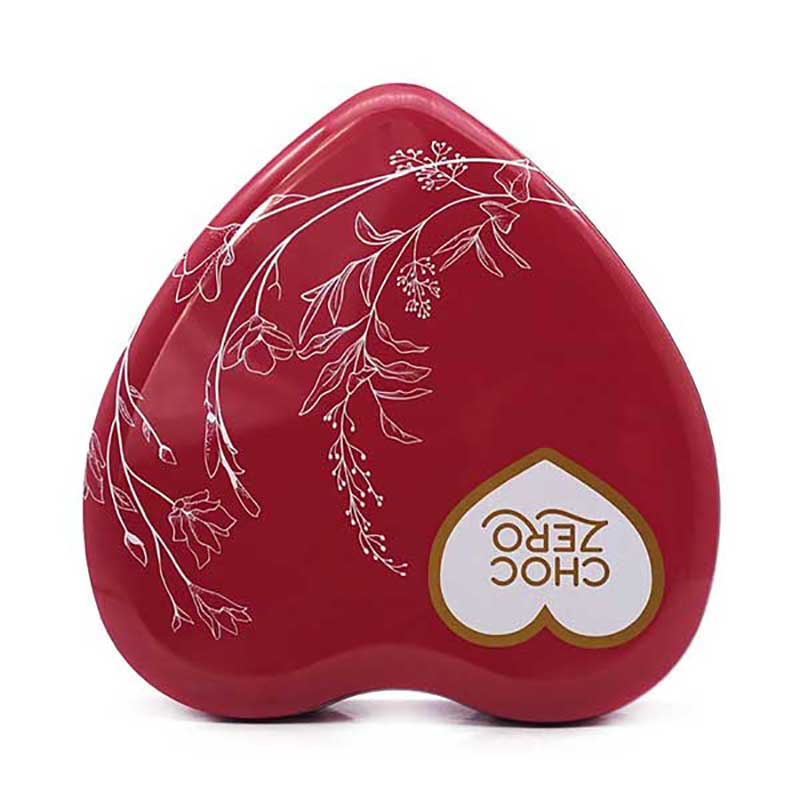
The problems faced by UV printing metal boxes
Compared with traditional ink printing, UV printing does have great advantages, but popular applications still face some problems that must be solved and improved.
1. Price
Although UV ink has the advantages of instant curing and good filming performance, it is relatively expensive. At the same time, special UV blankets and UV ink rollers must be used, which greatly increases product costs.
2. Adhesion
During the curing of UV ink, the internal components are cross-linked and polymerized, and the instantaneous volume change produces a large internal stress, which affects the adhesion of the ink to the printing material. Although this problem can be improved by treating or modifying the surface of the substrate, the fundamental solution is to seek and develop UV inks with good absorbency, low shrinkage stress, and low prices.
3. The right fountain solution
UV inks are mainly used for non-absorbent printing materials (such as tinplate, plastics), and for different printing materials, the ink formulations are not the same. Therefore, the fountain solution is required to have a wide range of adaptability to ensure the required printing quality. Although UV printing has the above-mentioned problems, with the maturity of related technologies and the expansion of application fields, its rapid development is inevitable. In the near future, UV printing will surely gain wider application and popularization.
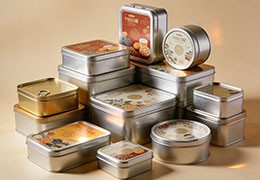
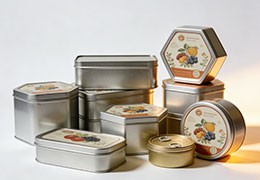
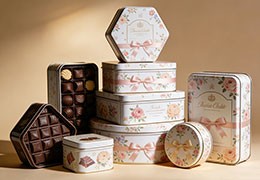

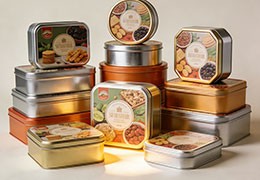
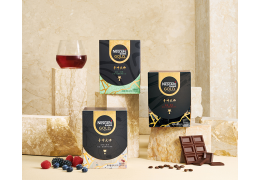
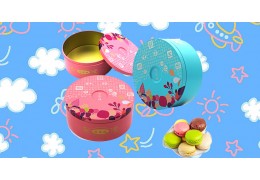
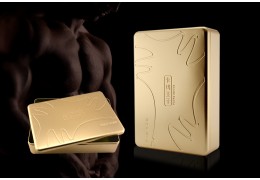

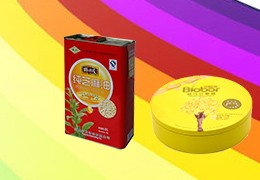

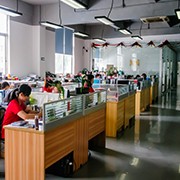

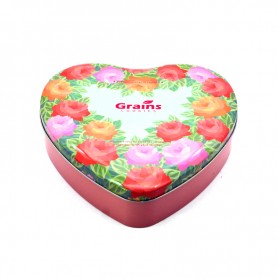
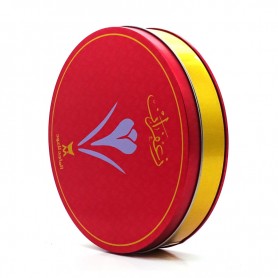
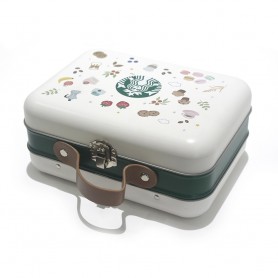
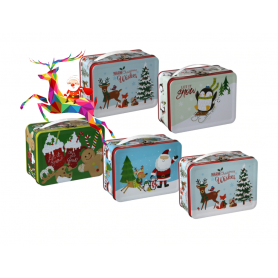

Latest comments